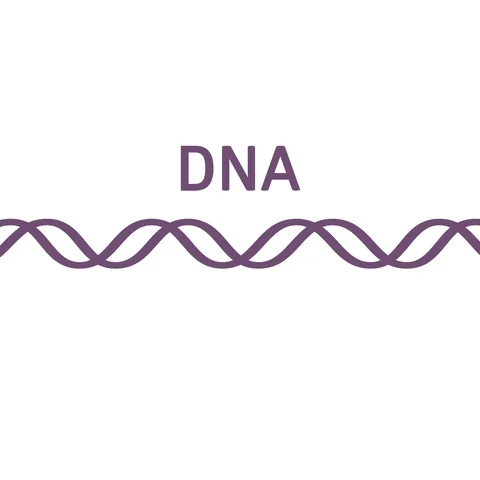6.6 Gene Expression and Cell Specialization
3 min read•june 18, 2024
Jed Quiaoit
Samantha Himegarner
AP Biology 🧬
358 resourcesSee Units
Transcription
Recall that RNA polymerase and transcription factors bind to promoters to initiate transcription. 🔥
Promoters are specific regions of DNA located upstream of the transcription start site of a gene so it can be determined whether the gene will be expressed before the enzymes reach the start site. They are the binding sites for RNA polymerase and various transcription factors, which work together to initiate the process of transcription. Promoters typically contain a TATA box, a sequence of DNA that is recognized by the TATA-binding protein (TBP), which is a component of the RNA polymerase complex.
In addition to the TATA box, promoters also contain other cis-acting elements, such as enhancers and silencers, which can modulate the activity of the promoter. Enhancers are cis-acting elements that can increase the transcriptional activity of a promoter, while silencers are cis-acting elements that can decrease the transcriptional activity of a promoter.
On the other hand, negative regulatory molecules are molecules that can inhibit gene expression by binding to DNA and blocking transcription. These molecules include repressors and transcriptional corepressors.
Repressors are proteins that bind to specific sequences in the promoter region of a gene and prevent the binding of RNA polymerase and transcription factors. Transcriptional corepressors are molecules that bind to activating transcription factors and prevent them from binding to the promoter region of a gene.
Overall, the balance between positive and negative regulatory molecules determines the level of gene expression in a cell, and plays an important role in controlling the cell's physiology. ⚖️

Image courtesy of Giphy.
Gene Regulation & Expression
Gene regulation is the process by which the expression of genes is controlled in a cell. Differential gene expression, the process by which different genes are expressed at different levels in different cells or at different times in the same cell, is a key aspect of gene regulation. The differential expression of genes results in the production of different cell products and influences the function of the cell. 📦
One way that gene expression is regulated is through the use of small RNA molecules, non-coding RNAs that are typically 20-25 nucleotides in length and are involved in a variety of cellular processes (including gene regulation).
One important class of small RNA molecules is microRNAs (miRNAs), which are small non-coding RNAs that bind to the 3' untranslated regions (3'UTRs) of specific target mRNAs. MiRNAs can repress gene expression by inhibiting the translation of their target mRNAs, or by promoting their degradation. This way, miRNAs can play an important role in regulating gene expression at the post-transcriptional level.
Other small RNA molecules that play a role in regulating gene expression include small interfering RNAs (siRNAs) and PIWI-interacting RNAs (piRNAs). siRNAs are double-stranded RNAs that are processed by the RNA-induced silencing complex (RISC) to generate single-stranded siRNAs that can target specific mRNAs for degradation. PIWI-interacting RNAs (piRNAs) are small non-coding RNAs that are involved in the silencing of transposable elements in the genome.
Again, no need to memorize each small RNA molecule for the AP exam, but know that these molecules exist for various regulatory purposes within our cells! 💡
Check out the AP Bio Unit 6 Replays or watch the 2021 Unit 6 Cram
Browse Study Guides By Unit
🧪Unit 1 – Chemistry of Life
🧬Unit 2 – Cell Structure & Function
🔋Unit 3 – Cellular Energetics
🦠Unit 4 – Cell Communication & Cell Cycle
👪Unit 5 – Heredity
👻Unit 6 – Gene Expression & Regulation
🦍Unit 7 – Natural Selection
🌲Unit 8 – Ecology
📚Study Tools
🧐Exam Skills

Fiveable
Resources
© 2025 Fiveable Inc. All rights reserved.